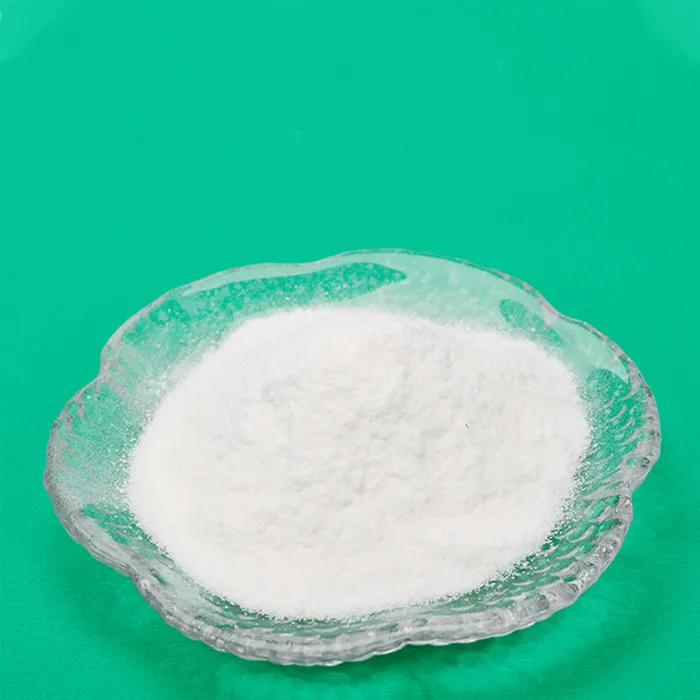Isoflurane An Overview of Its Use and Impact in Anesthesia
Isoflurane is a halogenated ether widely employed in the field of anesthesiology, renowned for its effectiveness as a volatile anesthetic agent. Developed in the 1970s, isoflurane has transformed surgical anesthesia, providing rapid induction and a stable anesthetic state while maintaining a favorable safety profile. This article delves into isoflurane's properties, applications, benefits, and potential drawbacks.
Chemical Properties and Mechanism of Action
Isoflurane is chemically categorized as a halogenated anesthetic agent with the molecular formula C3H2ClF5O. Its structure is characterized by the presence of fluorine and chlorine atoms, which contribute to its potency and low blood-gas solubility. This property allows for rapid inhalational uptake and elimination, making it suitable for both induction and maintenance of anesthesia.
The precise mechanism by which isoflurane exerts its anesthetic effects is complex and not wholly understood. However, it is believed to act primarily on the central nervous system by modulating the activity of gamma-aminobutyric acid (GABA) receptors, enhancing inhibitory neurotransmission. Additionally, isoflurane has been shown to affect voltage-gated sodium channels and NMDA receptors, further contributing to its anesthetic and analgesic properties.
Applications in Clinical Practice
Isoflurane is predominantly used in surgical procedures requiring general anesthesia. It is particularly advantageous in settings where rapid changes in anesthetic depth are necessary, such as in outpatient surgeries and procedures involving less invasive techniques. Isoflurane is often combined with nitrous oxide and other adjunct medications to optimize analgesia and maintain hemodynamic stability.
In veterinary medicine, isoflurane is equally valued
. Its use in animals, from pets to larger species, mirrors the benefits observed in human medicine. In veterinary settings, the ability to adjust the depth of anesthesia quickly makes isoflurane a staple choice for procedures ranging from routine surgeries to more complex interventions.isoflurane

Benefits of Isoflurane
One of the most significant advantages of isoflurane is its favorable safety profile. Compared to older anesthetics, isoflurane is associated with fewer cardiovascular side effects, making it a safer option for patients with pre-existing heart conditions. Moreover, its rapid elimination from the body minimizes recovery time, allowing patients to regain consciousness and resume normal activities sooner than with many other anesthetics.
Isoflurane is also appreciated for its lower incidence of postoperative nausea and vomiting when compared to other inhalational agents. This characteristic enhances patient satisfaction and comfort following surgical procedures, contributing to better overall outcomes.
Potential Drawbacks and Considerations
Despite its many advantages, isoflurane is not without potential drawbacks. One concern is its environmental impact; as a volatile anesthetic, isoflurane has been identified as a greenhouse gas. Efforts are underway in the medical community to reduce the waste and environmental burden associated with inhalational anesthetics, including the adoption of practices that minimize their release into the atmosphere.
Additionally, some patients may experience side effects such as respiratory depression or hypotension. It is crucial for anesthesiologists to monitor patients closely during procedures and adjust dosages accordingly to mitigate these risks.
Conclusion
Isoflurane remains a cornerstone in modern anesthetic practice, valued for its effectiveness, safety profile, and versatility. Its rapid onset and offset characteristics enable anesthesiologists to tailor anesthesia depth effectively throughout surgical procedures. While there are considerations regarding its environmental impact and potential side effects, the continued use and study of isoflurane underscore its integral role in improving surgical care and patient outcomes. Overall, isoflurane exemplifies the advancements in anesthesiology that contribute to safer and more efficient surgical practices today.

